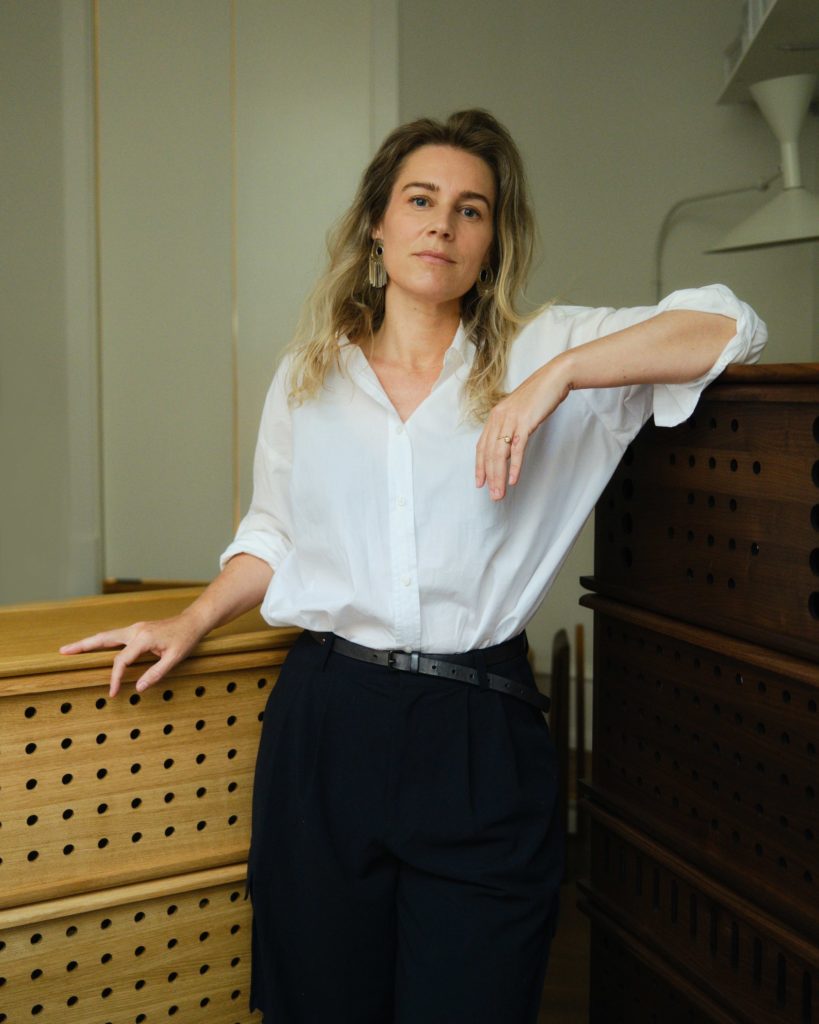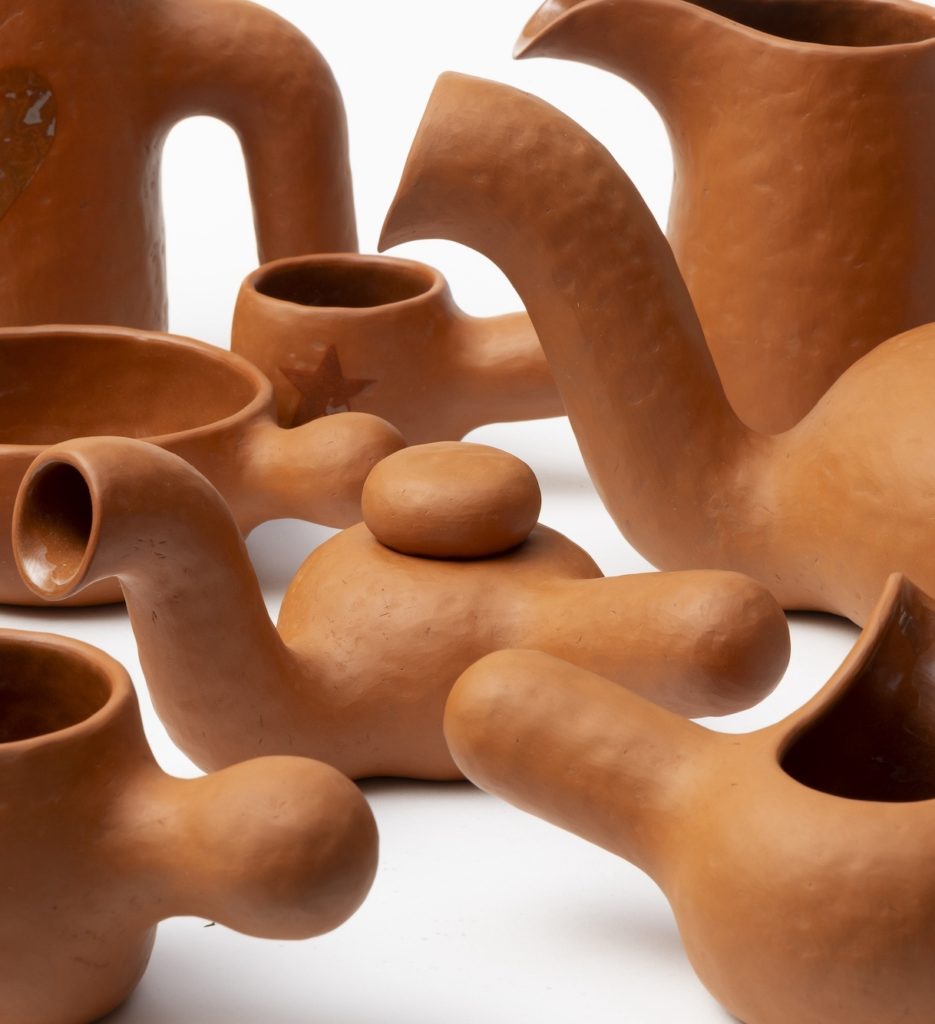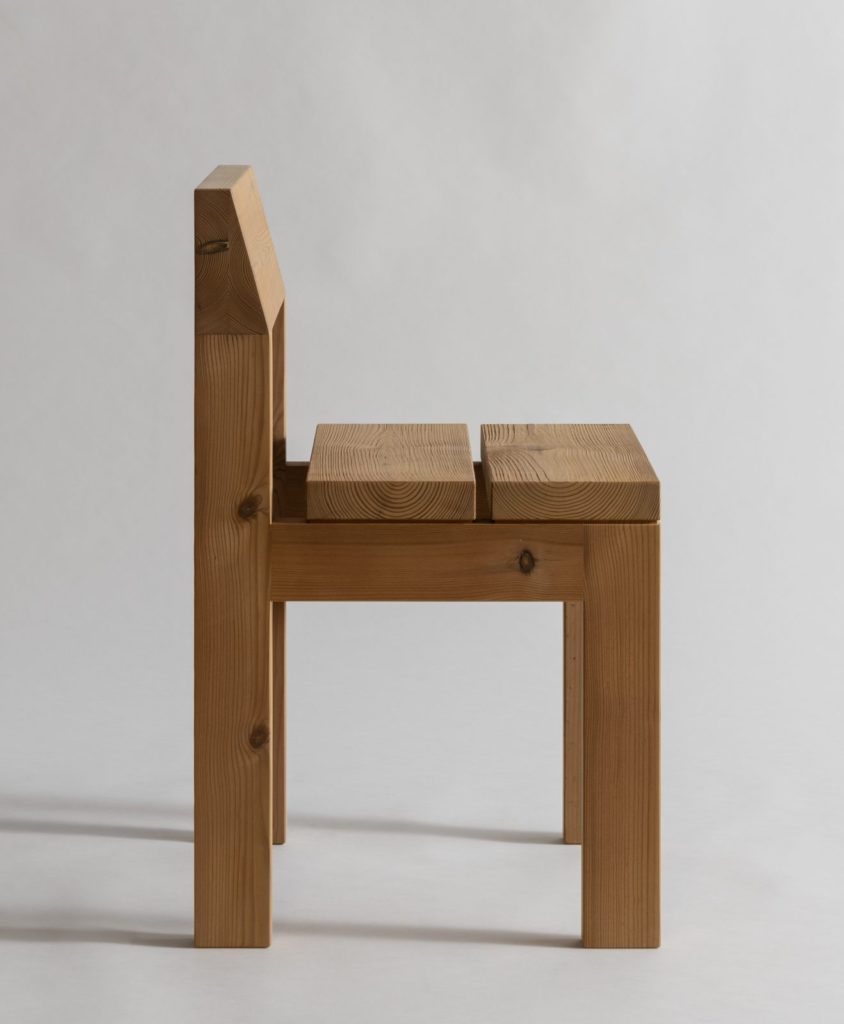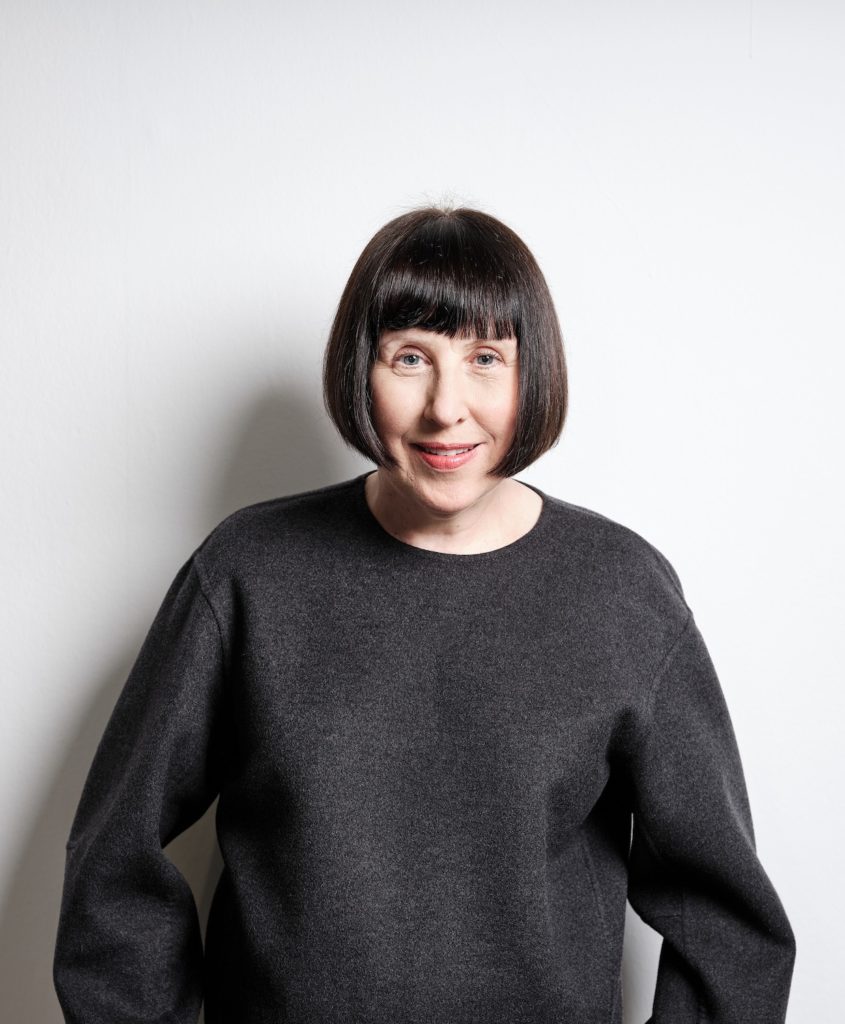Gallery FUMI: “Denmark seems to have craft in its DNA”
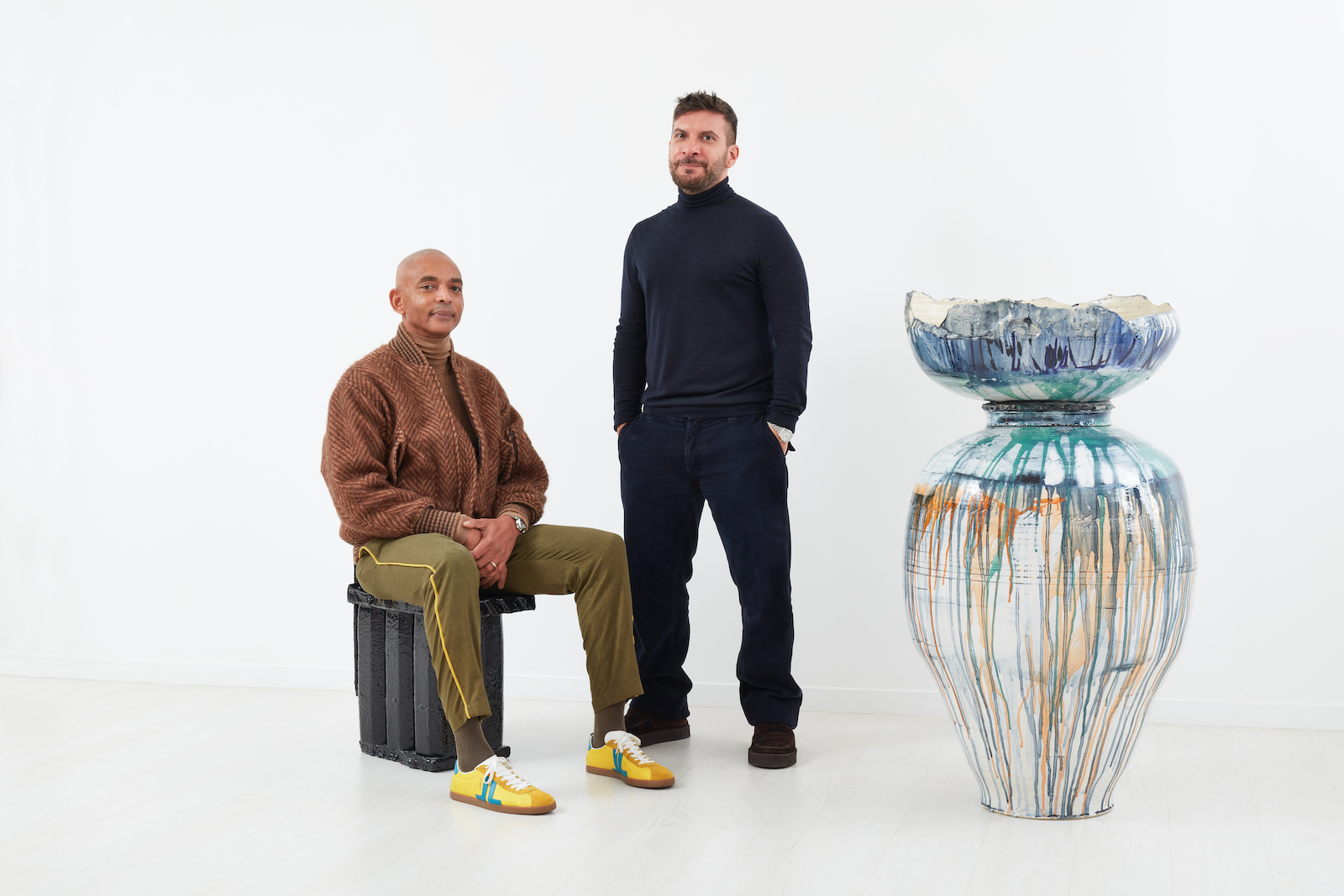
Opening a gallery in the wake of the most spectacular economic crash in history might seem like a strange decision. But Sam Pratt and Valerio Capo, founders of the London-based Gallery FUMI, had a hunch.
When they launched FUMI in 2008, the market we now refer to as ‘collectible design’ was just beginning to take shape. While others watched tentatively to see what appetite might emerge for these unique and limited-edition art-design pieces, Pratt and Capo decided to dive in headfirst. They built a roster of young and undiscovered designers, each with a unique and often highly experimental approach to materials and craft. They were right to trust their instincts. Today, Gallery FUMI is among the most respected design galleries in the world. Several of its early designers have gone on to become leading names in collectible design, including Max Lamb, who was still a student when he became the first designer to exhibit with the gallery.
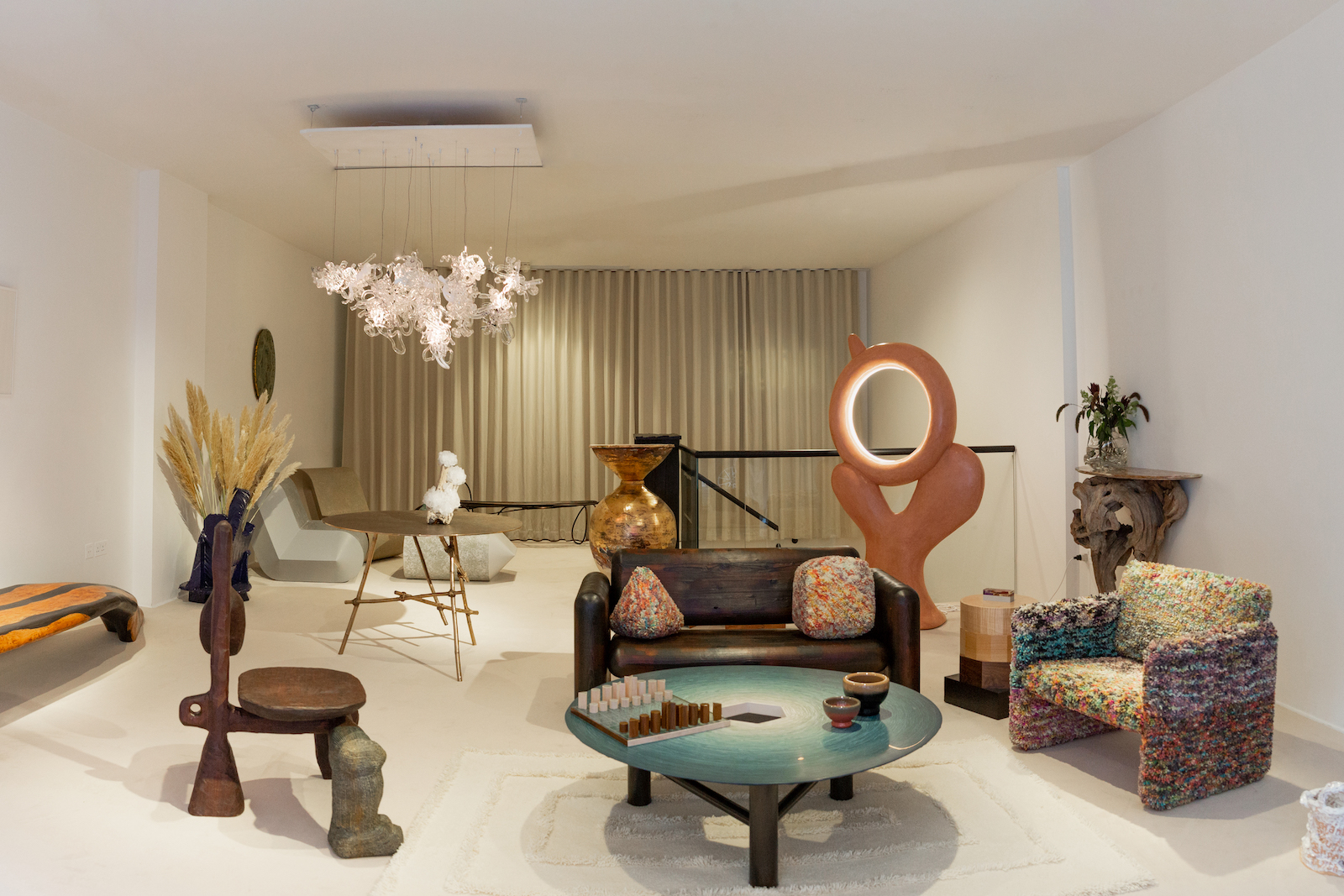
In 2016, Pratt and Capo stumbled across the Mindcraft exhibition of Danish design in Milan. “We were very impressed,” remember the gallerists of that first visit. “[It was] beautifully curated with works we thought were quite different from those we had seen in general that year.”
Since then, the duo have added to their books a number of the Danish designers that have featured in Mindcraft’s exhibitions. Among them are Maria Bruun and Anne Dorthe Vester. This year’s digital Mindcraft Project exhibition also features two designers that work with the gallery – Frederik Nystrup-Larsen and Stine Bidstrup.
Design writer Anna Winston spoke to Pratt and Capo to find out more about their relationship with Danish design and how they have weathered the last year of lockdowns and travel bans.
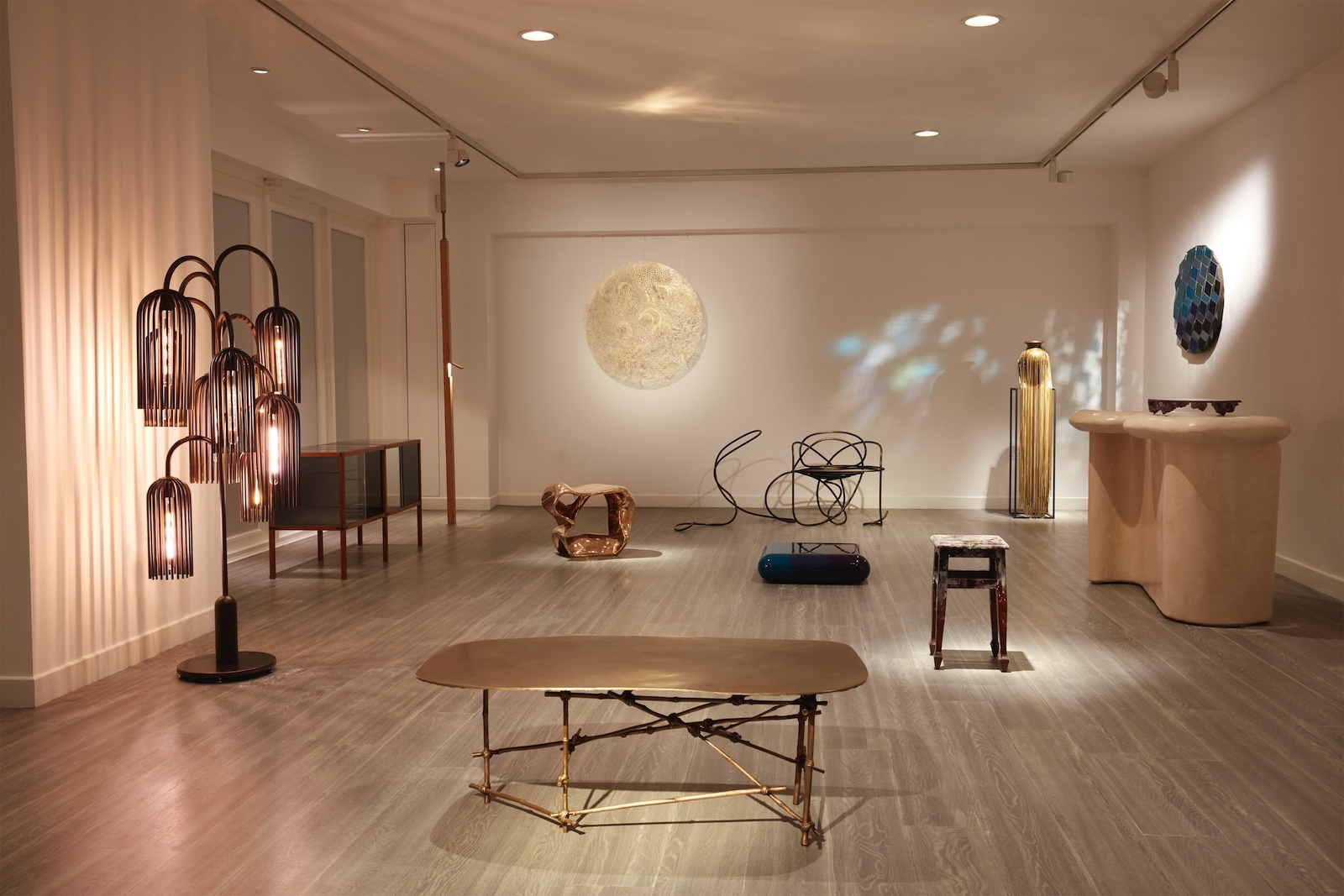
AW: It’s been an extraordinary year – how have you felt the impact of Covid-19 at Gallery FUMI?
FUMI: It has definitely been extraordinary! Like the majority, we had to adapt to the new reality by being much more present online and on social media channels and implement our virtual interaction with clients. This has been challenging, but it also brought some positive changes as we had to reassess the way we work, promote our designers and collections and sell.
We do miss the physical interaction with people and look forward to being able to travel again, show our works at fairs, and meet clients – it is such an important aspect of what we do!
We have been lucky enough to have our artists working on exciting projects and bespoke commissions for our clients, so we have not noticed a substantial change of interest in design.
AW: There’s a tactility to the work you represent. How have you dealt with the challenge of creating exhibitions when most people haven’t been able to visit the gallery in person?
FUMI: Rather than having online exhibitions, we curated physical exhibitions at our gallery that we photographed and filmed. We had to focus even more on the aesthetic and conceptual elements of the works, trying to communicate through photos and videos those details that are usually experienced with touch and physical interaction.
AW: What did you think of The Mindcraft Project’s approach to digital exhibition-making?
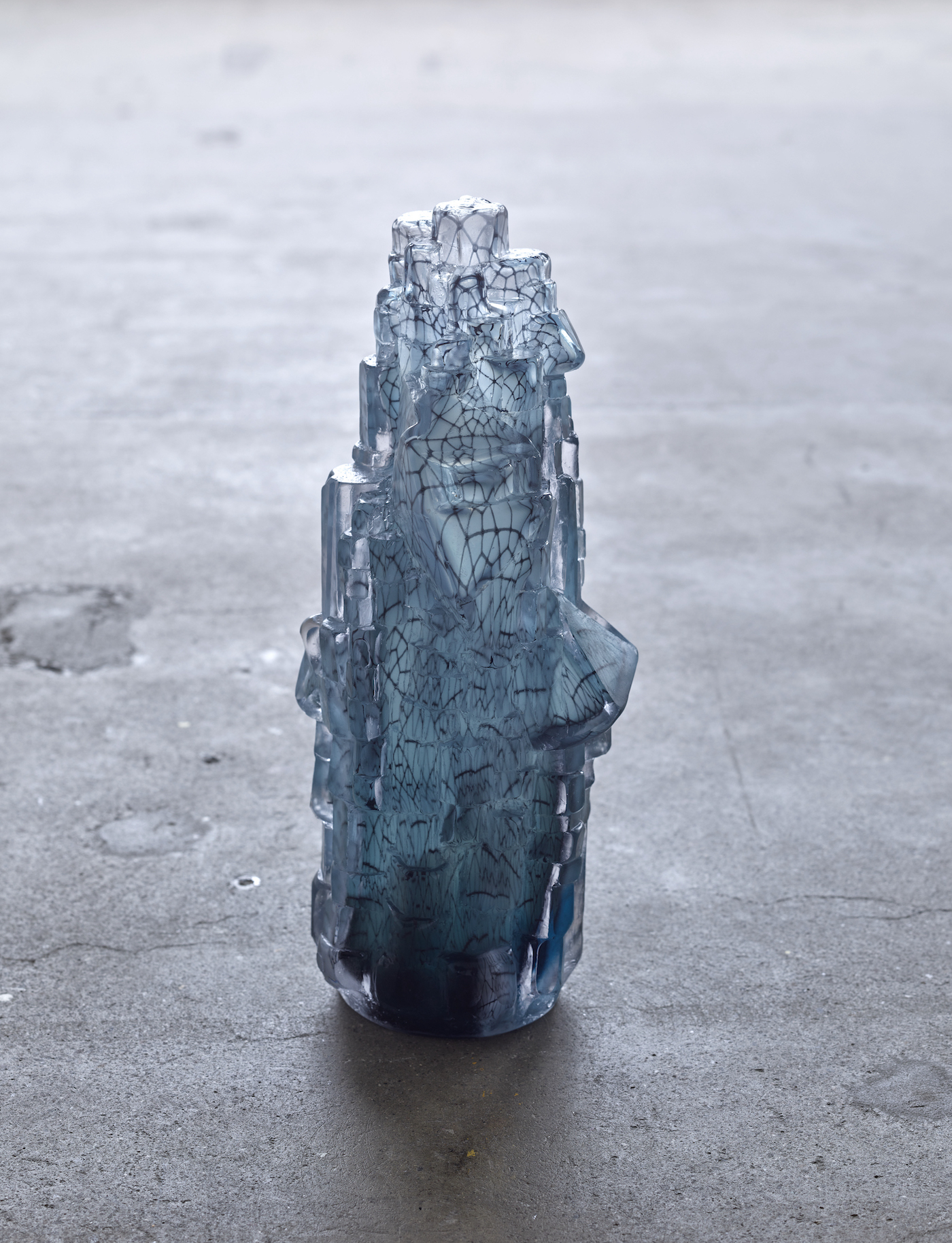
FUMI: The Mindcraft Project’s exhibition is a design piece in itself! It is a clever and inclusive way to showcase contemporary Danish design, also digital talents.
AW: This year’s edition features two designers you represent – Frederik Nystrup-Larsen and Stine Bidstrup – and you also work with previous Mindcraft participants, like Maria Bruun and Anne Dorthe Vester. Can you tell me a bit about what drew you to each of them?
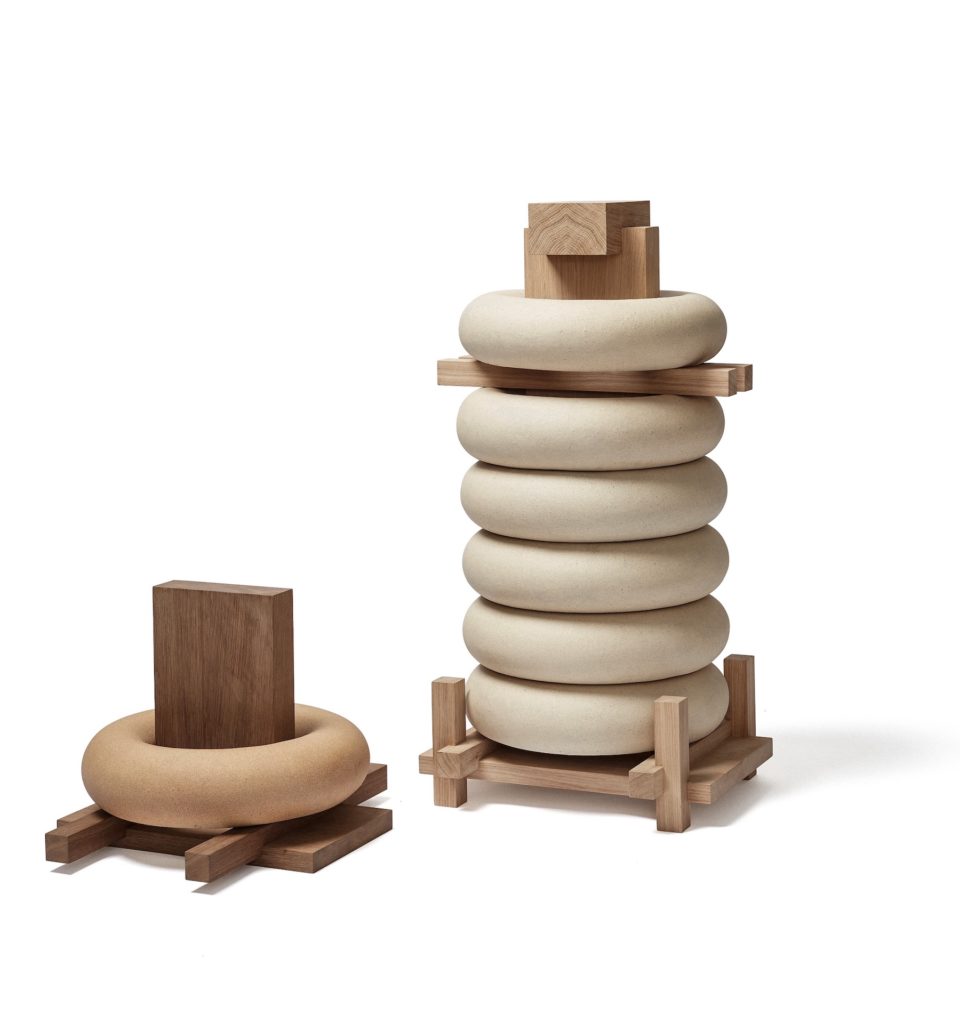
FUMI: We saw Maria Bruun and Anne Dorthe Vester’s Heavy Stack Series for the first time at Mindcraft 2016 in Milan and were immediately drawn to it. We have since done a few projects with Maria and Anne Dorthe. Stine’s work we first saw in a gallery in New York quite a few years ago and thought it was stunning, and so when we had the opportunity to work with her, we jumped at the chance. Frederik is a new relationship, with us showing him for the first time last September. We saw his work by chance on the online RCA graduate exhibition and thought it was very clever, funny, and serious at the same time. I think with all of them, the craft and hand element is very evident. We also like them as people, which is very important to us at FUMI.
AW: Do you think the Danish design scene is different from the wider contemporary design scene?
FUMI: The Danish Design scene is always interesting we find, historically and present day. For some reason, Denmark seems to have craft in its DNA. There always seems to be fresh and interesting talent.
